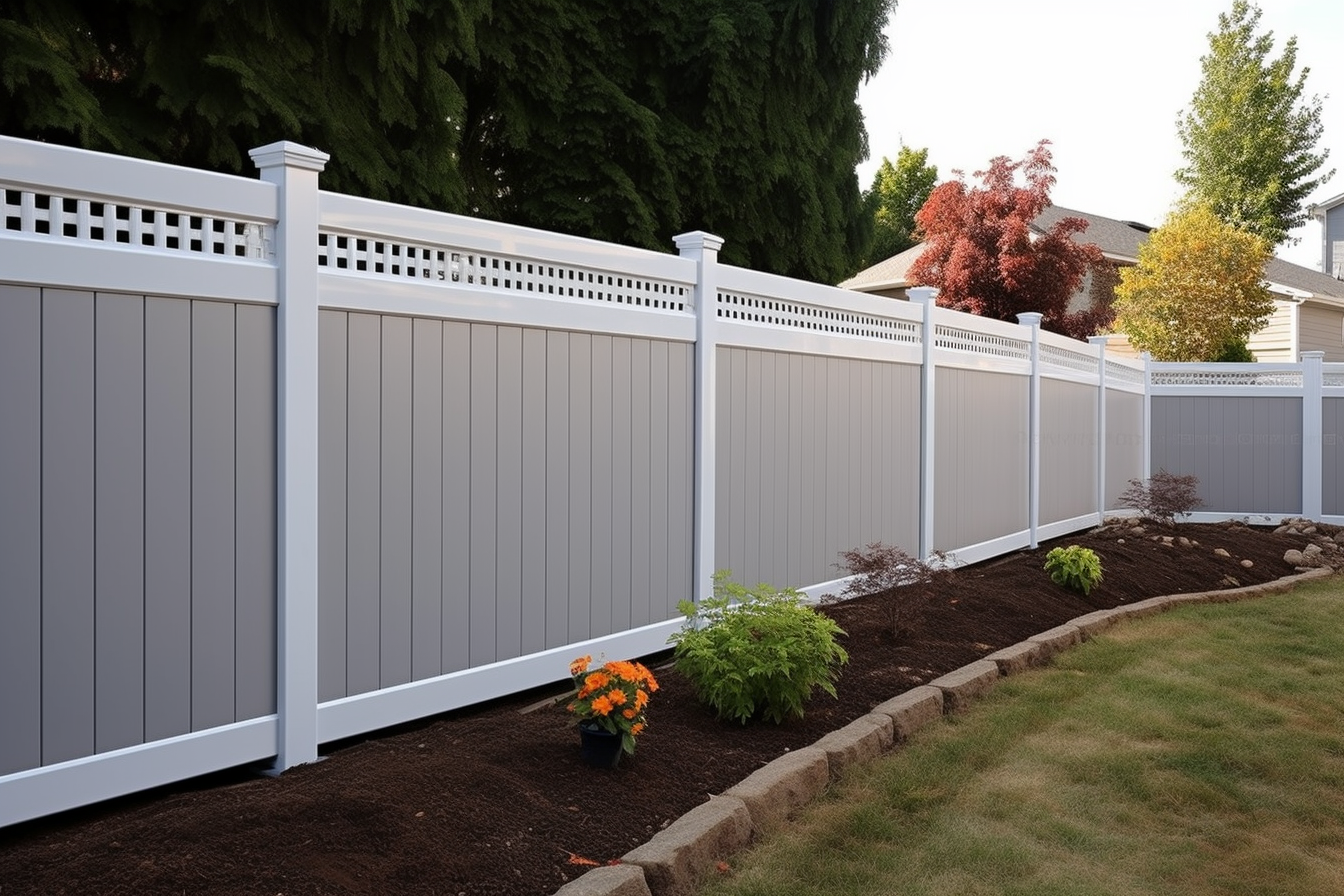Fence Companies: Choosing the Right Contractor for Your Project
Selecting a fence company involves more than picking a style — it’s about aligning materials, local rules, and installation standards with your property goals. Whether you want a durable perimeter, a garden boundary, or a privacy screen, understanding common materials, site preparation, and contractor practices helps you get predictable results and protect your investment.

Fence: What materials and styles are common?
Fence companies typically install a range of materials to suit different budgets and aesthetics. Wood offers a traditional look and is customizable but needs periodic sealing or painting. Vinyl is low-maintenance and resists rot, while aluminum or steel provide a durable, often ornamental option with good longevity. Chain-link is cost-efficient for security or pet containment. Composite combines recycled materials and wood fibers for reduced maintenance. Each material has trade-offs in lifespan, upfront cost, and required upkeep, so matching material choice to climate and expected maintenance is important.
Garden: How can a fence enhance outdoor planting and layout?
In a garden setting, a fence can define beds, protect plants from animals, and serve as a trellis for climbing species. Lattice or picket styles let in light and air while marking boundaries, whereas taller solid panels create sheltered microclimates for tender plants. Consider materials that won’t leach harmful chemicals into soil—certain treated woods or pressure-treated products may need a barrier between soil and fence posts. Plan for gates and access points so routine garden tasks like mowing and hauling compost remain convenient.
Home improvement: When should you hire a professional?
Home improvement projects that include fencing often involve property-line questions, local permits, and structural work that benefits from a licensed contractor. Hire a professional for accurate layout, compliance with setback and height rules, and stable post installation that resists frost heave or soil shifting. Professionals can also advise on warranty options and help coordinate related trades if electrical gates or lighting are included. Getting multiple written estimates and confirming insurance and references reduces the chance of unexpected issues.
Construction: What does proper installation involve?
Construction practices matter for long-term performance. Proper installation typically starts with locating utilities and marking property lines, then setting posts in concrete to the appropriate depth for local frost conditions. Panels or rails must be attached so they can move slightly with temperature changes; hardware and fasteners should suit the material to avoid corrosion. Good site prep includes grading for drainage away from the fence line and trimming back vegetation. A clear timeline and a written scope of work from the fence company help set expectations around cleanup and completion.
Privacy: How do you choose a balance between seclusion and openness?
Privacy needs vary by yard use and neighborhood regulations. Solid-panel fences provide the most seclusion but can block light and airflow; alternatives like staggered pickets, tall shrubs, or partially louvered panels offer privacy while preserving daylight and views. Height restrictions often apply, so check local ordinances and homeowner association rules before planning. Consider sightlines from neighboring windows and pathways, and discuss potential noise reduction—dense materials and well-sealed joints can help reduce street or neighbor noise more effectively than lighter constructions.
Conclusion
Working with fence companies requires a blend of design choices, practical construction knowledge, and attention to local rules. Prioritizing the right material for climate and maintenance expectations, considering how the fence interacts with garden and home-improvement plans, and confirming professional installation standards will lead to a longer-lasting, more functional boundary for your property.






